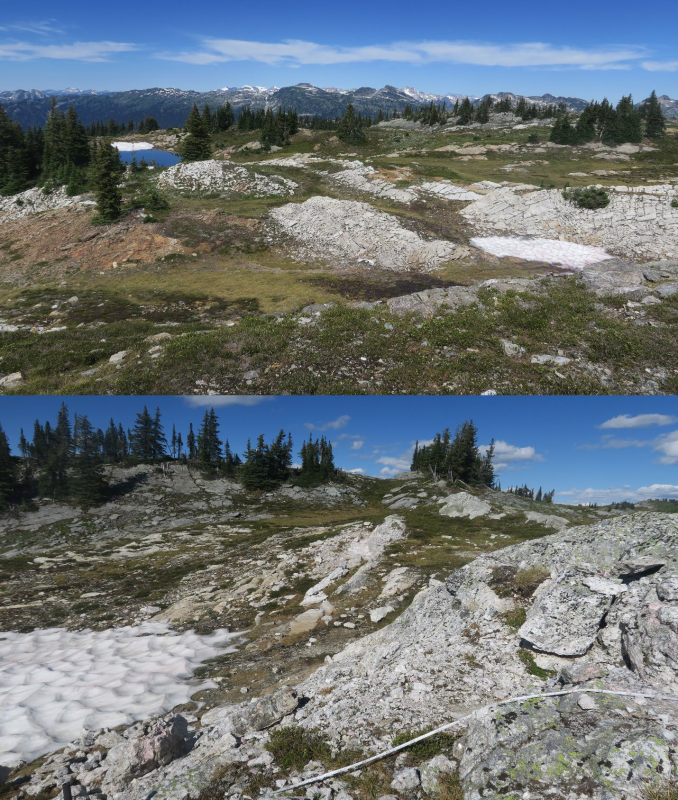RUBIDIUM - CLOSE RELATIONS TO, Al, Li, K, P, Na, Cs, HResearching a tad more on the subject of, Rubidium. YES.... looking for
replacement compound bonds. MGX - PRESS EXCERPT - The GC dyke is characterized by intergrown grey translucent quartz. Trace amounts of rose quartz occurs in pegmatite and older country rock. The rose colour is caused by irradiation induced aluminium (Al) and phosphorous (P) that replaces silicon (Si) in the atom lattice. K-feldspar is off-white to beige, and colourless to pale green silvery muscovite is interspersed with large and clustered black tourmaline.
The main showing consists of a medial zone measuring containing up to 5% pink to pale purple lepidolite, up to 2% predominantly pink tourmaline, and traces of cordierite & black tourmaline. LET'S NOW DISCUSS TYPES OF - RUBIDIUM MINERALS Pollucite
is a zeolite mineral with the formula (Cs,Na) 2Al 2Si 4O 12·2H 2O
with iron, calcium, rubidium and potassium as common substituting elements. Great Aluminum Rubidium example. Which should make one second guess - diff specues of, Rubidium.
One should not assume, violets, pinks, blushes, are A typical aluminumates.
Rather... base minerals could be harboring exotic - ree's.
Rubidium occurs in pollucite, leucite, and zinnwaldite, which contains traces up to 1%, in the form of the oxide. It is found in lepidolite to the extent of about 1.5%, and is recovered commercially from this source. Bauxite - ( aluminum ) deposits, are most often - white, black, grey.
If....pinks, blushes, violets are present ( even greens )
Then.... these are superb color indications where one should question,
why the minerals are transitioning in diff hues.
Orher Research papers, do mention, aluminum bonds,
potassium, phosphorus, sodium, and Hydrogen being the bridge
assisting the compund bonding of rubidium + cesium to other minerals.
Press does direct the blush, rose coloration to pematites + aluminum.
BUT.... i'm seeing blushes, roses in the, iron + grey contact ore bodies.
When one geology intrudes on another,
Conversions take place called, replacement deposirs.
Minerals ( swapping, converting ) transitioning.
When i see 3 kinds of Geologies at surface,
Greys
Irons
Pegmatite swarms in between
Makes for high odds of, replacement minerals.
Which is why i pointed out, the rosey hues in the
grey and iron rocks...
Pegmatites might only haebor ( weak ) ree grades,
While the irons + greys could be the, genesis.
Exodtic Ree minerals ....
Should see extra special attention when it comes to,
lab assaying. If bonded to orher common base minerals,
i would be leary using - atomic absorbtion.
Knowing once acids have ( separated ) the minerals,
would the spectromiter be able to read a multi bond ?
would it only pick up the dominate mineral ?
EG - 70% aluminum, 1% Rubidium ?
How about....4 part acid ?
Rubidium converts to a single bond chloride.
And as mentioned in prior posts...
Atomic absorbtion uses ( light wave detection )
Single chloride mineral bonds do not absorb - light.
Yeah.... that kind of, concern.
Big money in, Ree's.
Hence, having cores tested by another who knows
how to separate the compound bonds and even moreso,
detect the targeted minerals without - skew.
I hope i've inspired the Geo and Junior to, second guess
typical notions that Ree's are only akin to, pegmatites, but rather
- replacement deposit conversions
- grey rosey country rock - contact intrusion
- iron rosey country rock - contact intrusions
High chance, those two itrusions could be the
source of Ree's and.... higher grades.
Cheers....
